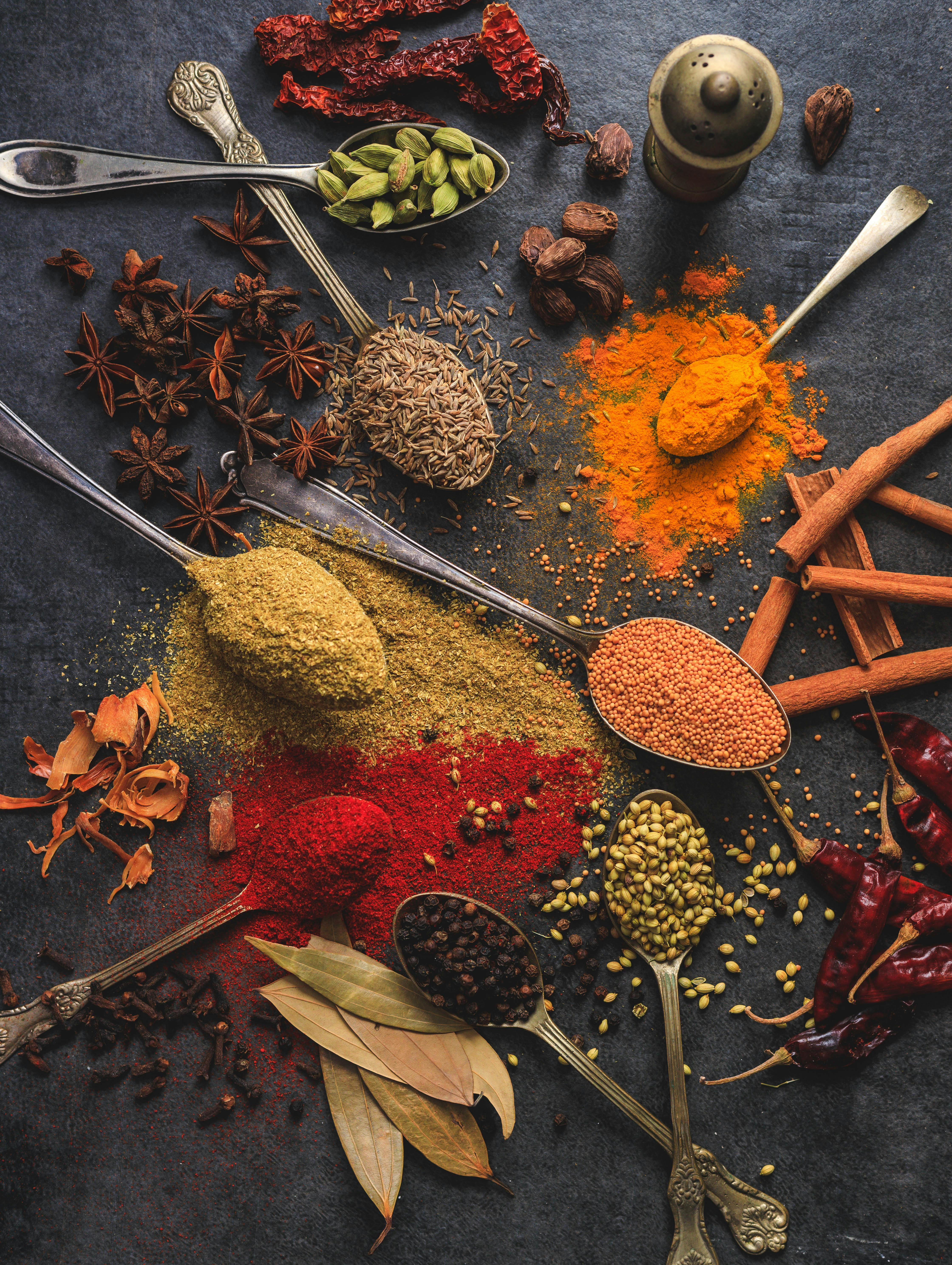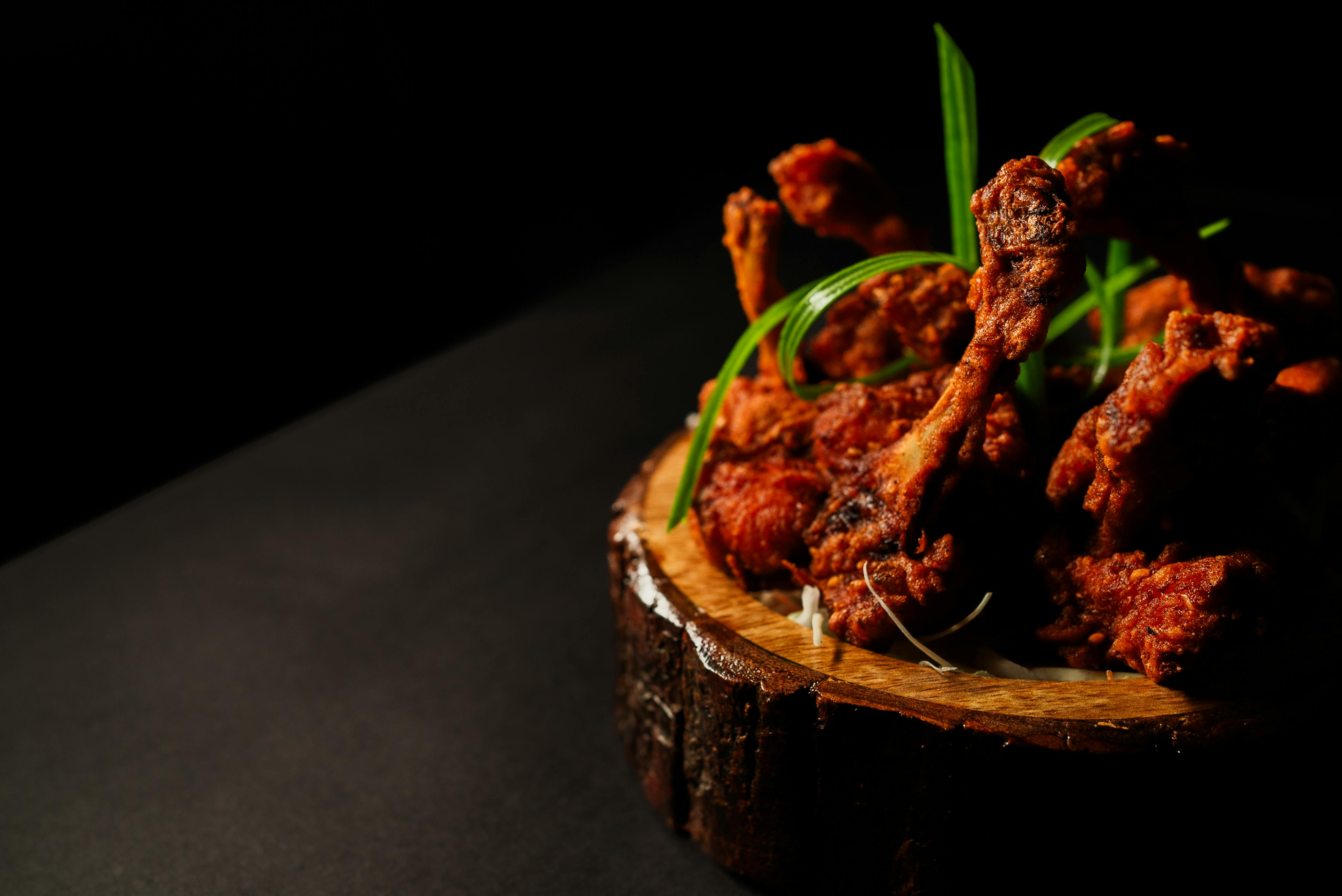
Across India’s western coast, the Zoroastrian Parsi community, a dwindling population descended from Persian refugees who fled to Gujarat over a millennium ago, has nurtured a cuisine as intricate as it is endangered. With their numbers shrinking to fewer than 60,000, dishes like dhansak (a robust lentil-meat stew layered with spices) and lagan nu custard (a silken, cardamom-laced wedding dessert) teeter on the edge of oblivion.
Parsi cuisine weaves Persian roots with Indian vibrancy. Dhansak, a Sunday staple, melds lentils, mutton, and vegetables with a secret spice blend, cinnamon, cloves, and star anise, served over caramelized brown rice. Lagan nu custard, baked to golden perfection with eggs, milk, and nutmeg , its richness a nod to colonial influences. Culinary wisdom shines in dishes like patra ni machhi (fish steamed in banana leaves with coconut chutney) and sali boti (spicy mutton topped with crisp potato straws), balancing sweet, sour, and heat.
As the Parsi population declines, so does the knowledge of these labor-intensive recipes. Iconic Irani cafés in Mumbai fade, replaced by fast food, while home cooks dwindle. The result? A culinary heritage once a bridge between ancient Persia and modern India faces extinction, its complex flavors at risk of being forgotten.
Chefs like Tanaz Godiwalla champion lagan nu bhonu feasts, and food blogs share recipes to keep dhansak alive. But saving this tradition demands more, passing down the oral lore of masalas and methods before the last Bawas (Parsis) take their secrets with them.
Parsi Cuisine
With the Parsi population shrinking, complex dishes like dhansak and lagan nu custard are in danger of disappearing.
